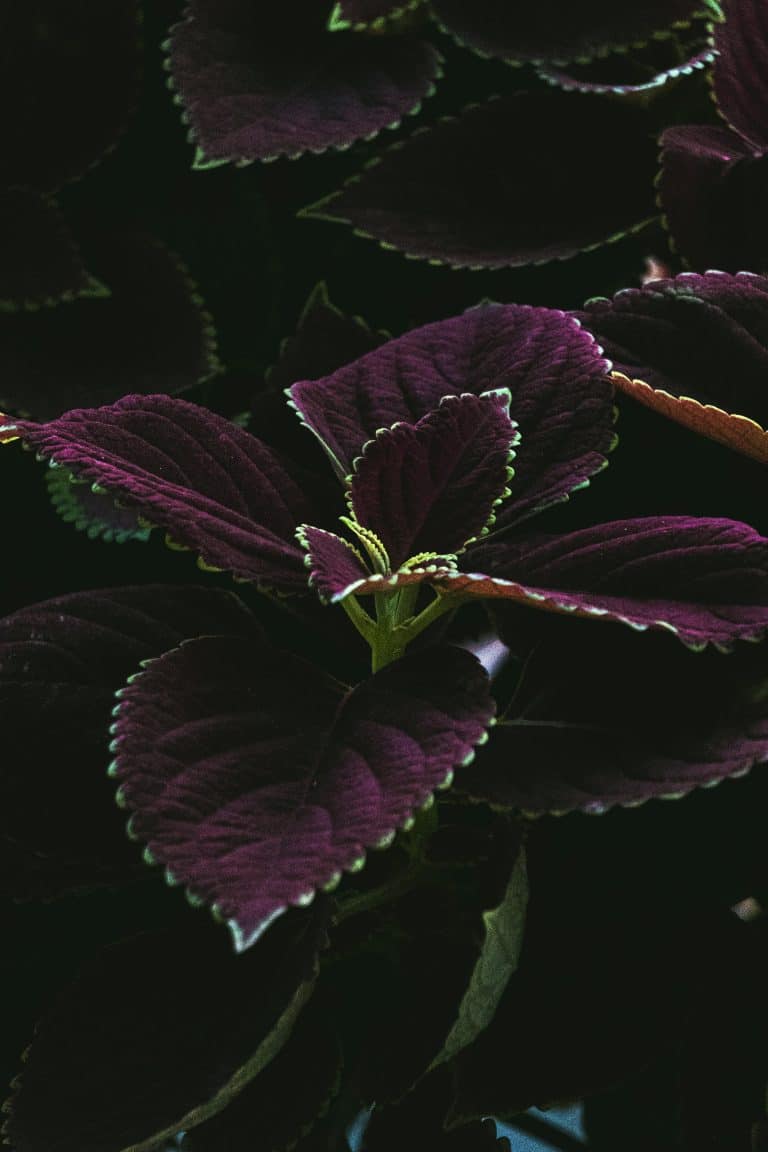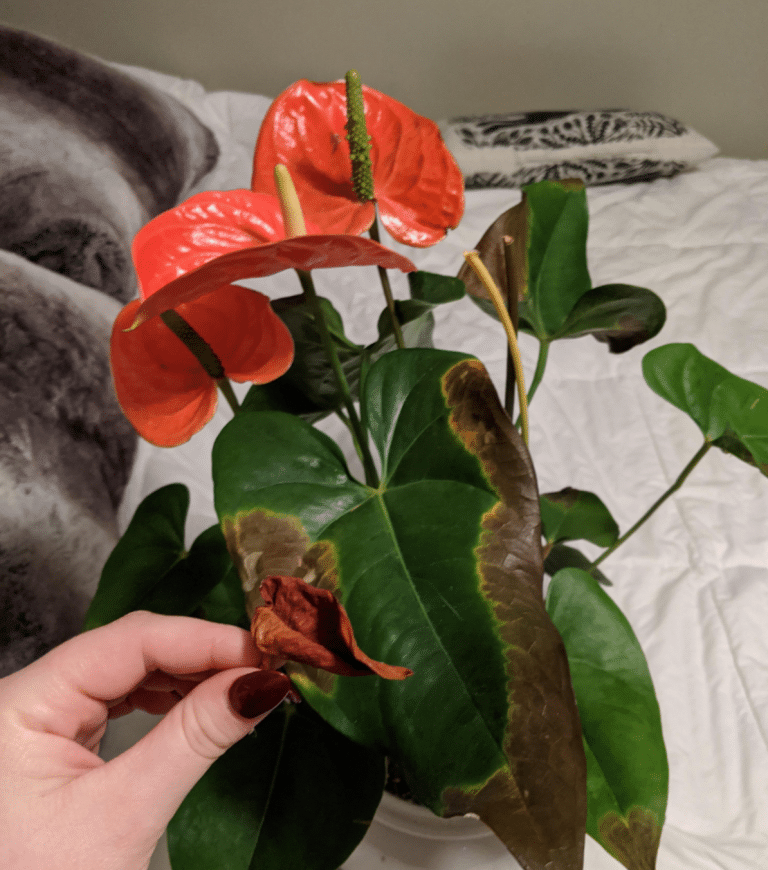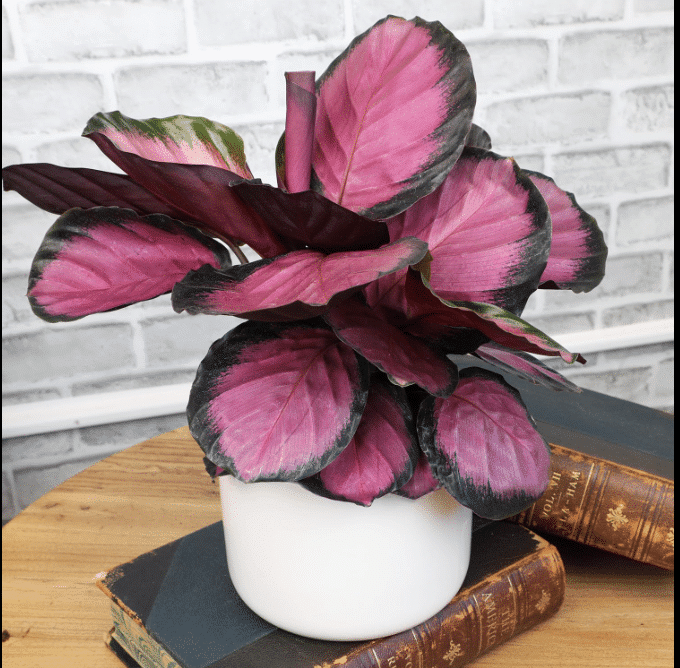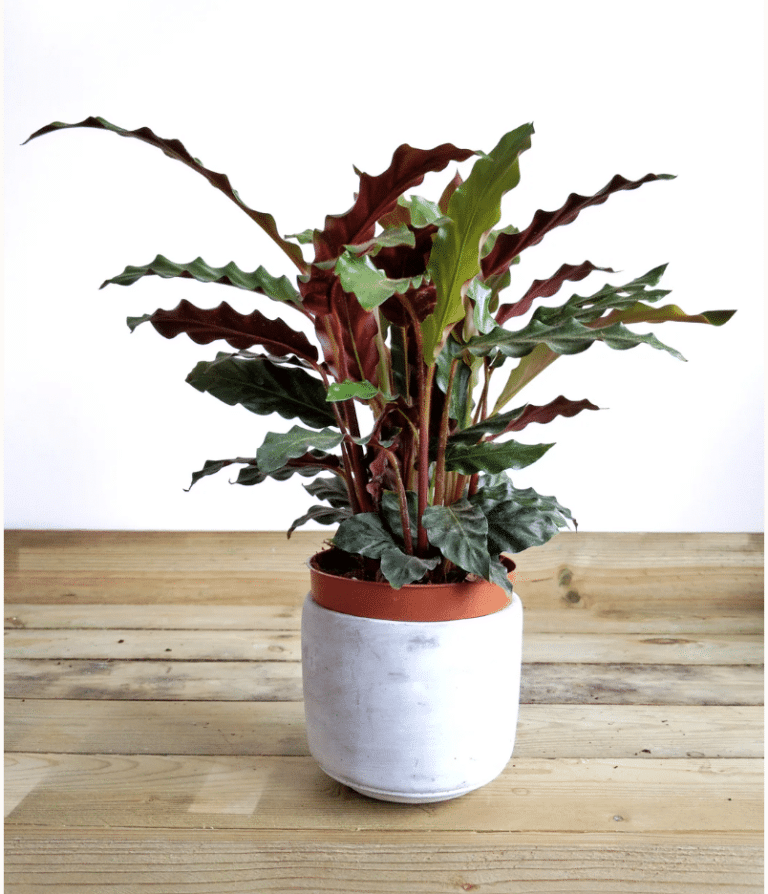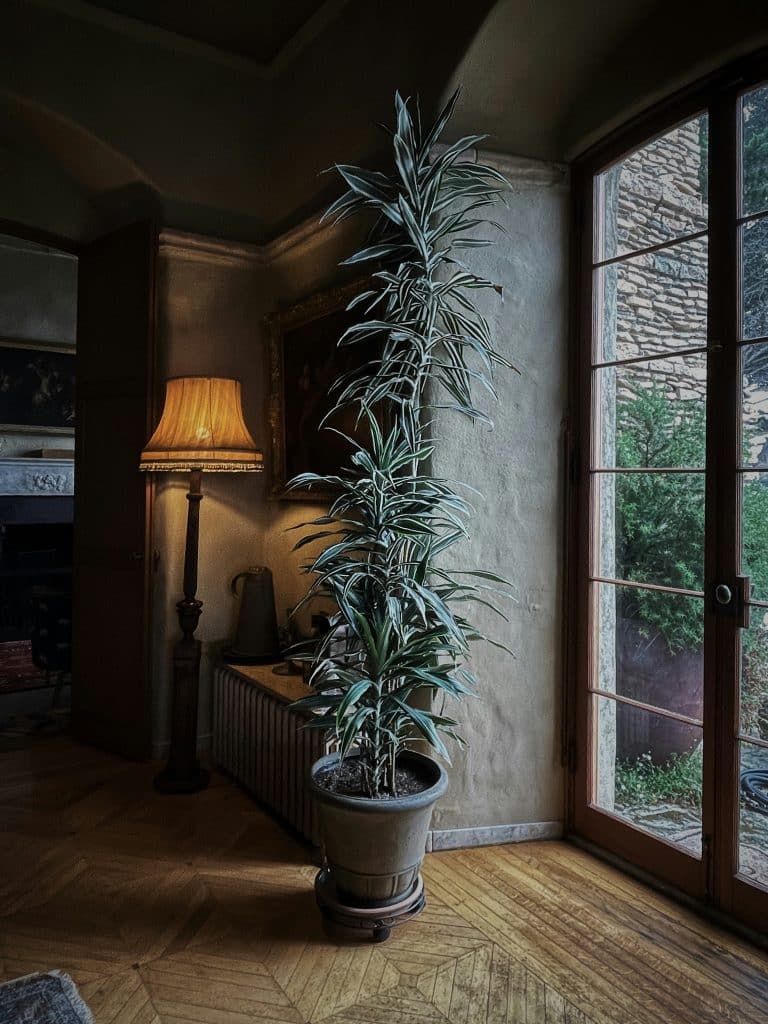Why Are My Indoor Flowering Plants Losing Their Buds?
Learn why indoor flowering plants lose their buds—based on real fixes from our Brooklyn community home to help you save your blooms in time!
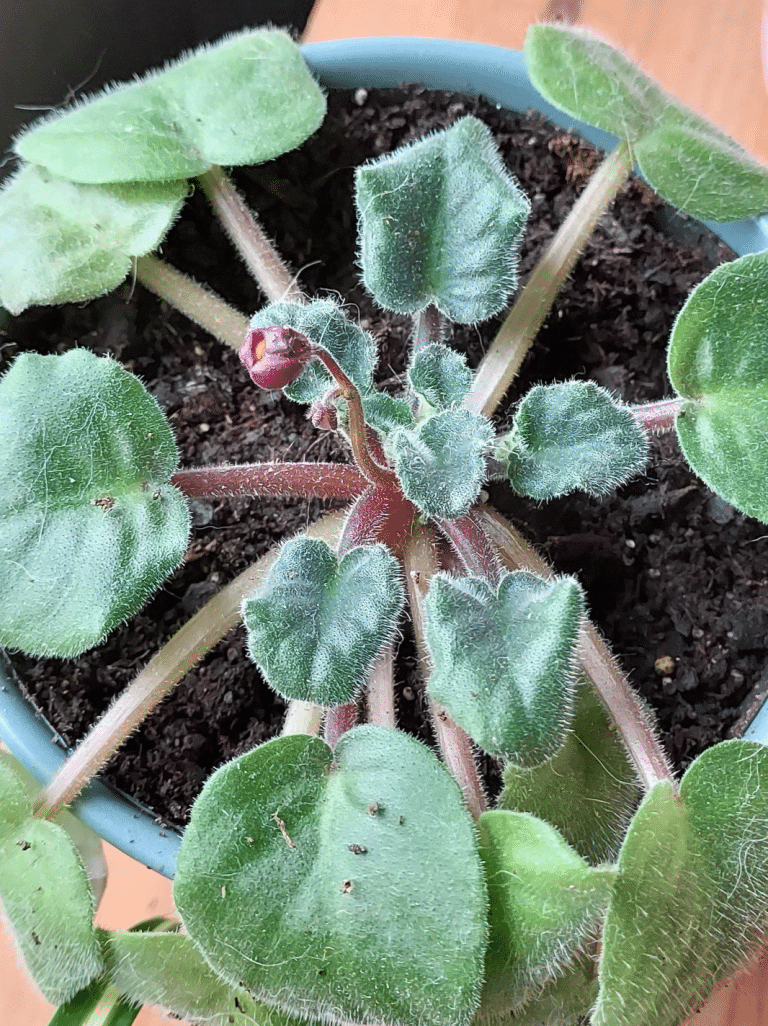
When you purchase through links on our site, we may earn an affiliate commission, which helps sustain our blog!
Few things are more frustrating than watching healthy buds form—only to drop before blooming. If your indoor flowering plants are losing their buds, you’re not alone. This is one of the most common issues we’ve seen in our Brooklyn home full of flowering houseplants.
Bud drop is your plant’s way of signaling stress, but the cause isn’t always obvious. Light? Temperature? A watering mistake? In this guide, we’ll break down the why behind bud loss and walk you through real-world, fixable solutions. Whether you’re caring for orchids, hibiscus, or African violets, we’ve got you covered with actionable tips to help your plants extend the bloom and stay strong.
What Causes Bud Drop in Indoor Flowering Plants?
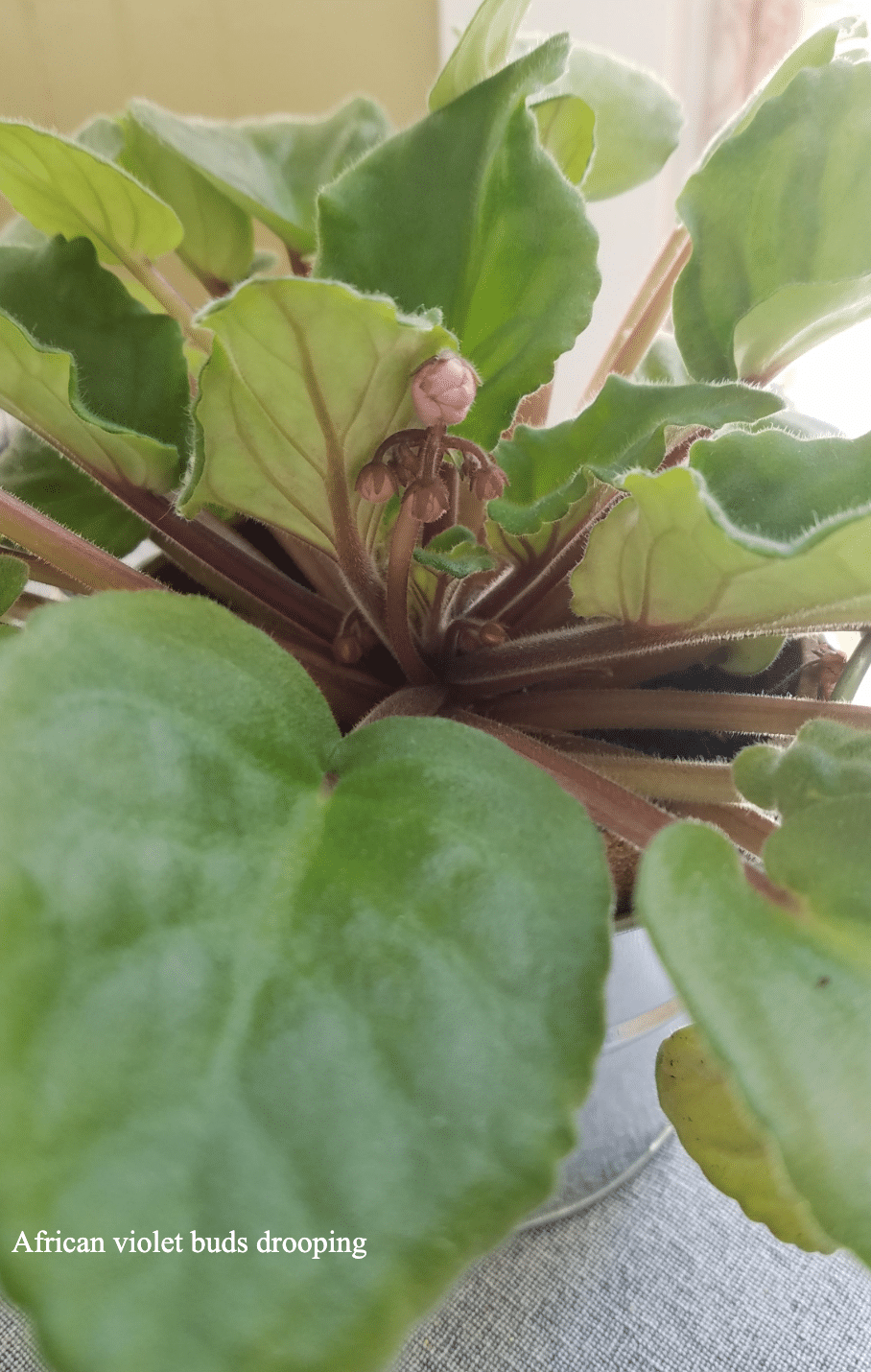
Bud formation vs. bud loss: understanding the timing
One thing we had to learn early on: just because a plant is forming buds doesn’t mean it’s locked in for blooms. There’s a delicate stage where the plant is shifting energy from growth to reproduction, and if it doesn’t have what it needs, those buds get sacrificed. We now watch carefully during that in-between phase—right after buds appear but before they open—because that’s when problems show up.
Sudden Environmental Changes: drafts, temperature swings
We once left our hibiscus too close to a window on a chilly week in spring, and all the buds dropped in the next few days. Sudden temperature drops—even brief ones—can shock a plant out of blooming. Drafts, heat vents, and cold windows are major culprits. Now we keep flowering plants in stable spots, away from anything that could shift the temperature more than a few degrees.
Inconsistent Watering: both overwatering and underwatering
One week of forgetting to water, followed by overcompensating with a big soak? That’s enough to cause stress. Overwatering can suffocate the roots, while underwatering dehydrates the buds. We started using the finger test religiously—if the top inch of soil is dry, it’s time to water. No guessing.
Low Humidity: especially for tropical flowering plants
We didn’t realize how dry our apartment got in winter until our Peace Lily stopped blooming and started dropping buds. Tropical plants like anthuriums and orchids need humidity to support flower development. Now we group them together, add a tray of water nearby, and run a small humidifier when needed. The blooms last longer and the buds stay intact.
Shock from Relocation or Repotting: stress triggers bud loss
We repotted an orchid while it had a fresh bloom spike, thinking it needs more space and will bloom more — huge mistake. It dropped every single bud within a week. Avoid repotting or moving flowering plants until after they finish blooming. Wait till winter for all repotting needs as a general rule 🙂
Nutrient Imbalance: too much nitrogen, not enough phosphorus
We thought more fertilizer would help our flowering plants—turns out, too much nitrogen promotes leaves, not blooms. And worse, it can actually cause developing buds to drop. Switching to a phosphorus-forward bloom fertilizer helped us stabilize this. We feed on a regular schedule now, using a diluted solution to avoid buildup.
Pests or Disease: mealybugs, fungus gnats, or fungal infections
The most frustrating bud drop we ever had? Fungus gnats. They looked harmless at first, but their larvae damaged the roots enough to stop nutrient flow. Buds dropped like flies. We’ve since learned to check under leaves and in the soil weekly, and we treat with neem oil or insecticidal soap at the first sign of pests.
Read also: Why aren’t my flowers blooming? and how to prune them.
How to Identify the Real Cause
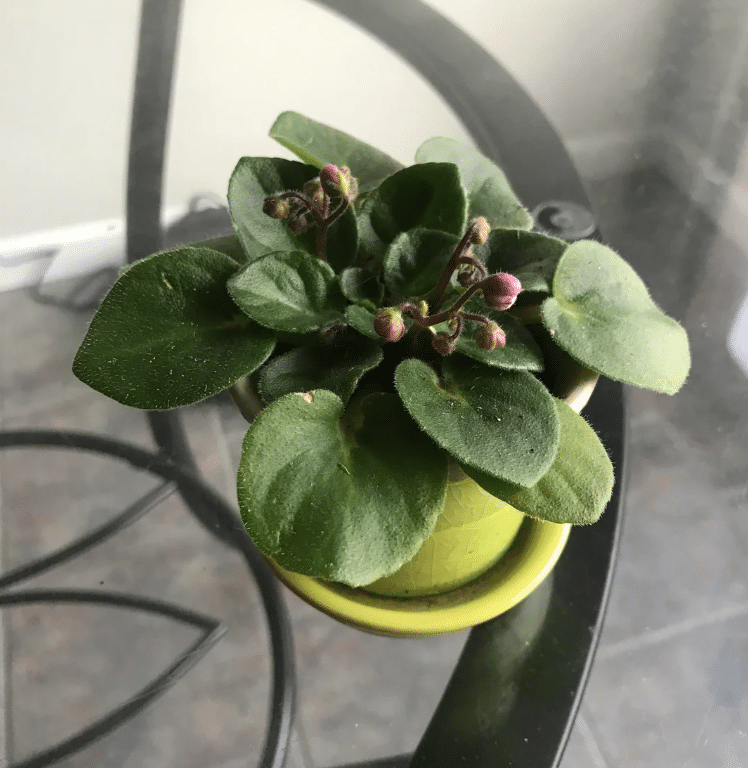
Look at timing: new buds vs. developed buds falling
If tiny buds drop right after forming, it’s usually environmental—light, humidity, or watering. If larger buds fall before opening, it could be nutrient imbalance, stress, or root issues. That timing clue tells us where to start fixing things. We keep notes to track patterns from one bloom cycle to the next.
Assess environment: light, airflow, temperature, and humidity
We run through a quick checklist: Is it too close to a vent? Is it getting enough light? Did the heater kick on recently? We once lost an entire set of orchid buds because the air got too dry after we turned the heat up. Now we use hygrometers and light meters to fine-tune the environment when things go wrong.
Examine the roots and soil for drainage and pests
If everything looks fine above the soil, you can unpot gently and check the roots. Brown or mushy roots usually mean overwatering or poor drainage. We’ve also found tiny pests hiding out near the root ball. A good-quality, well-draining potting mix and proper airflow around the pot help us avoid this altogether.
Compare recent changes: new location, fertilization, drafts
If a plant suddenly drops buds, we follow this general rule: we ask — What changed? Did we just move it to a new shelf? Start using a new fertilizer? Open the window nearby? Often, the cause is something that happened in the past week or two. That “aha” moment helps us course correct fast.
Solutions to Prevent and Stop Bud Drop
Keep temperature stable—avoid drafts and vents
Keep flowering plants far from AC vents, heaters, and drafty windows. Even a 5–10°F shift can cause buds to drop. If we’re worried about airflow, we’ll tape a thermometer nearby and monitor it for a few days to make sure there aren’t sudden drops at night.
Increase humidity with trays, misting, or a humidifier
We group flowering plants together and keep a shallow tray of water with pebbles underneath them. That small change raised humidity enough to prevent bud loss in our anthuriums and orchids. We also mist—but gently, and only in the morning—to avoid fungal issues.
Water consistently, using finger test or moisture meter
The most popular rule of thumb all of our housemates use: the finger test poke into the top inch of soil to see if its moist. The goal is even moisture—not soggy, not dry. Regularity makes a massive difference in whether buds hold or fall.
Move to a brighter spot or add grow lights
When in doubt, we upgrade the light. We’ve revived plants mid-bud-drop just by shifting them closer to a bright window or adding a clip-on grow light. We aim for at least 6–10 hours of bright indirect light, and we use sheer curtains to prevent scorching.
Use bloom-boosting fertilizer low in nitrogen
Our go-to now is a fertilizer labeled specifically for blooming houseplants, usually with a lower nitrogen and higher phosphorus ratio like 10-30-20. We feed every 2–3 weeks during active blooming and back off slightly if buds seem fragile.
Avoid moving the plant while it’s budding
We learned the hard way: even rotating a plant while it’s forming buds can cause stress. If we need to move it for cleaning or display, we mark its light-facing side and make sure it returns in the same position. Stability is everything when buds are forming.
Inspect and treat for pests using neem oil or insecticidal soap
At the first sign of sticky residue, cottony webs, or crawling bugs, we spray the plant (and the soil) with neem oil or insecticidal soap. We quarantine the plant if needed. Weekly inspections help us catch issues before they lead to bud drop.
Flowering Houseplants Most Prone to Bud Drop
- Orchids: highly sensitive to temperature or watering changes
- Hibiscus: easily shocked by low humidity or relocation
- Gardenia: very picky about watering and soil pH
- African Violet: needs stable temps and gentle care.
Conclusion:
Bud drop can be discouraging, but it’s almost always fixable. The key is to observe your plant’s environment and routine carefully. Once you pinpoint the stressor—be it humidity, light, or a recent move—you can take simple steps to help your plant hold onto its buds and bloom beautifully. With a little consistency and care, your flowering plants will reward you with blooms that last.

